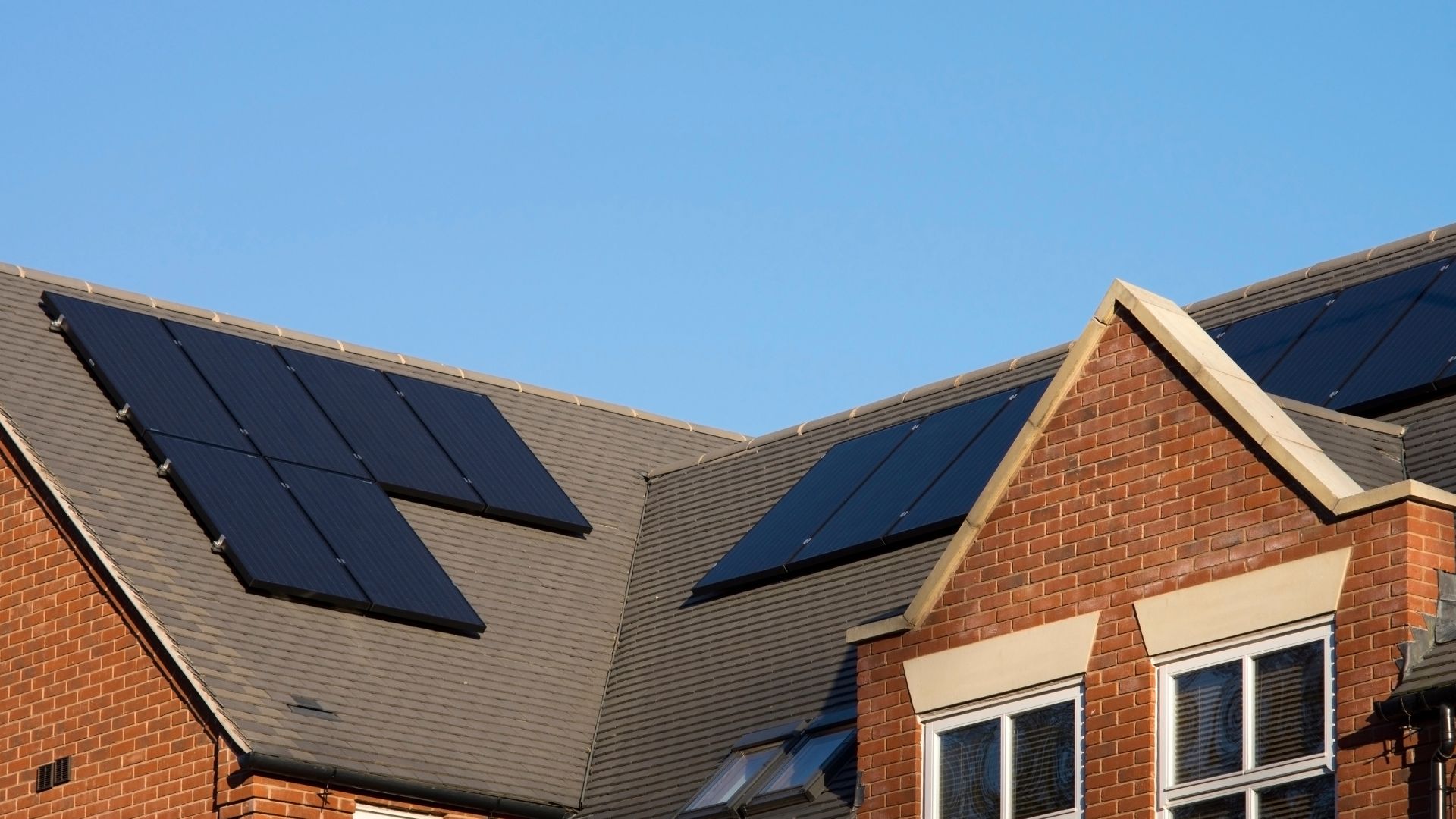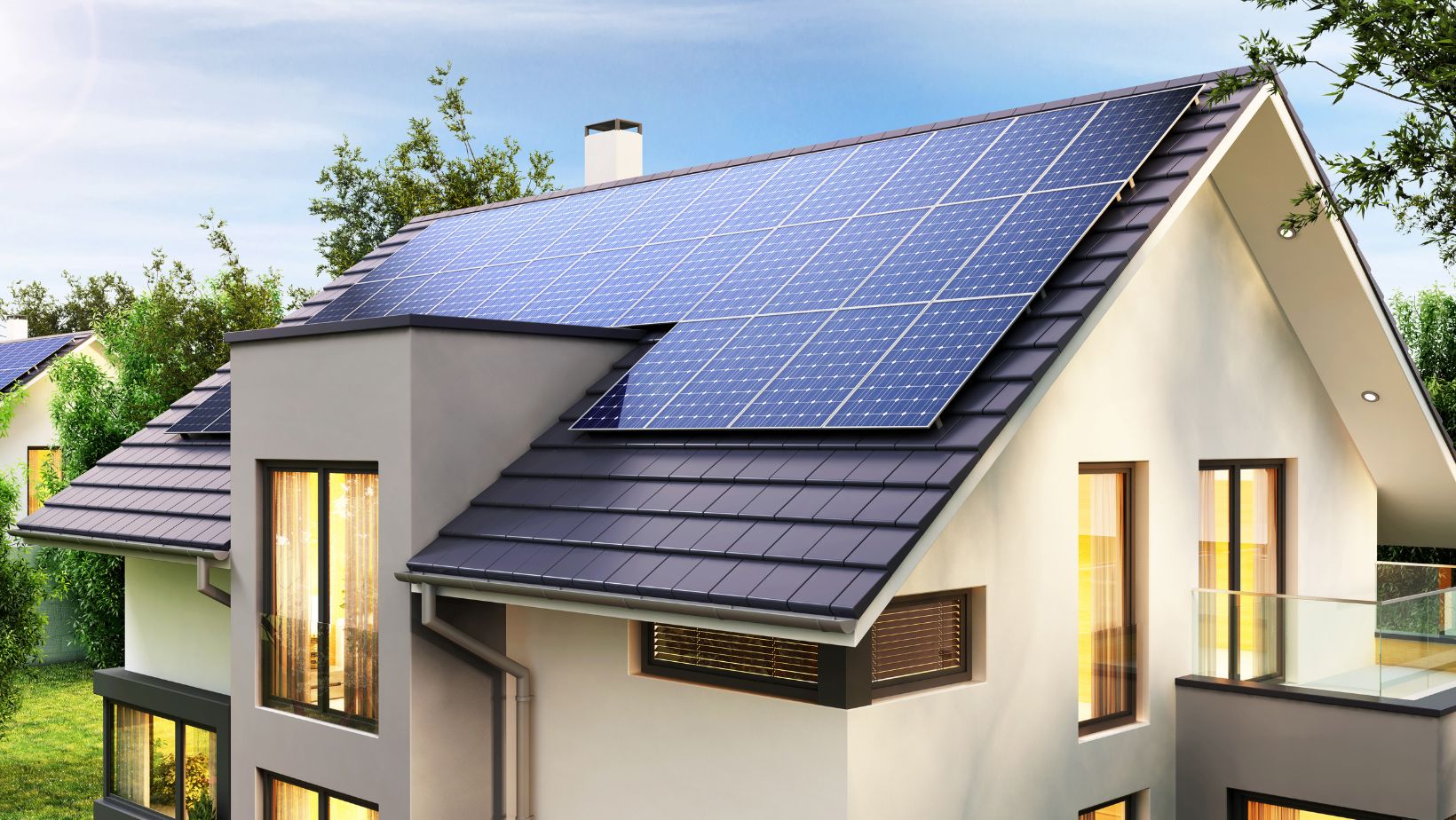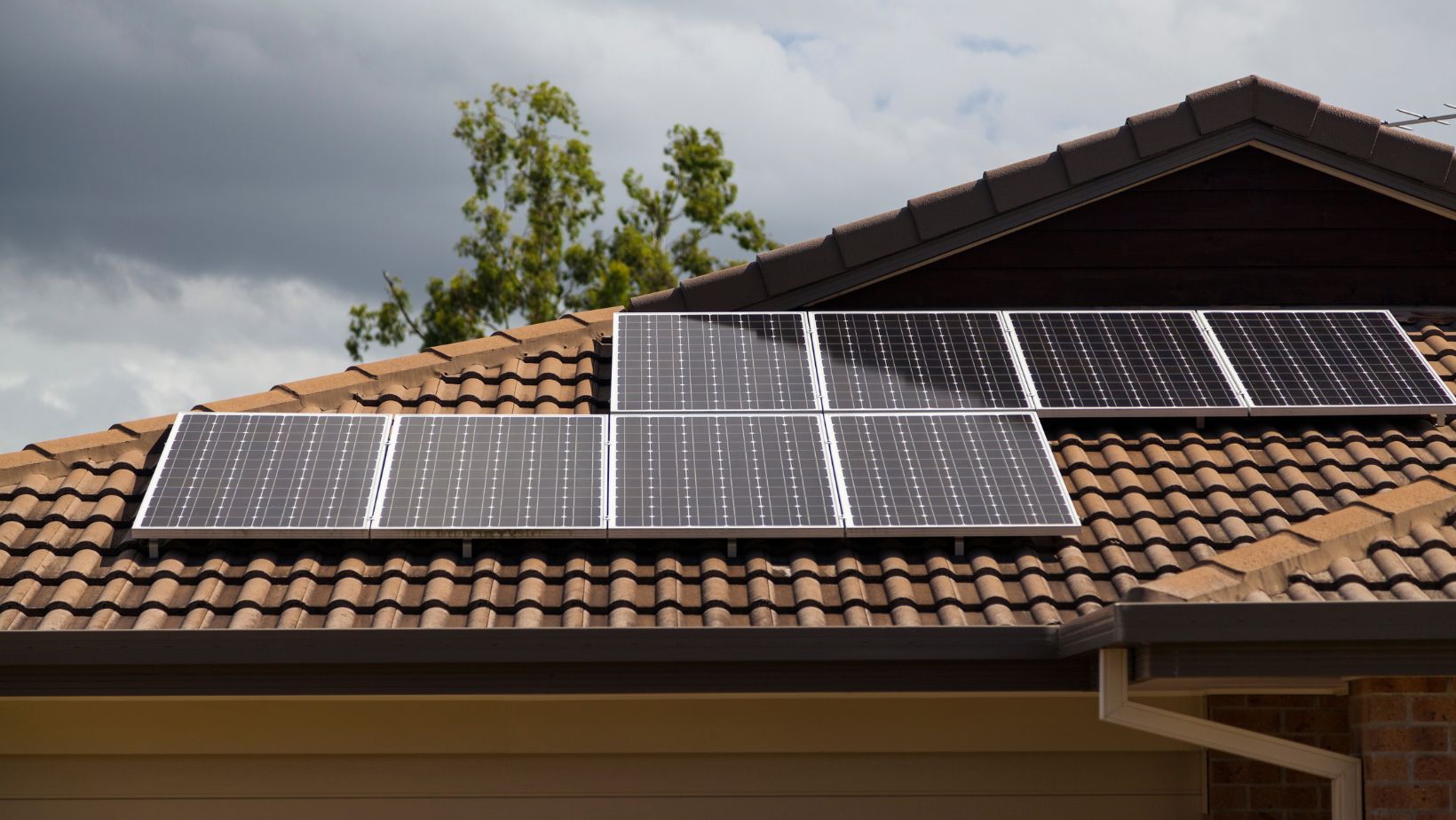
Are you thinking about going solar? It’s a fantastic way to reduce your carbon footprint and save on energy bills, but there’s some groundwork to cover before you jump in. Your roof’s readiness is a big piece of the puzzle. Is it in good shape? Does it face the right direction? These factors can make or break the efficiency of your solar panels. A sturdy, well-oriented roof means you’re more likely to get the most out of your investment. So, let’s consider what you need to consider before installing those shiny new panels. From checking for damage to understanding the ideal roof angle, we’ve covered you with practical tips and insights to ensure your solar journey starts on the right foot.
Evaluate Your Roof’s Suitability for Solar Panels
Experts at Sun Valley Solar Solutions emphasize that before diving into the world of solar energy, evaluating whether your roof is ready to host solar panels is essential. The condition, orientation, and angle of your roof play a significant role in determining the efficiency of solar panels. A well-maintained roof ensures that your investment in solar technology will yield optimal results. Start by inspecting your roof for any signs of damage or wear and tear. These should be addressed before installation if you notice missing shingles, leaks, or structural issues. Additionally, consider the orientation and angle of your roof; south-facing roofs with a slope between 15 to 40 degrees are generally ideal for capturing maximum sunlight.
To ensure your roof is up to the task, here are some tips to guide you:
- Conduct a professional inispection: Hring a roofing expert can help identify potential issues that might not be visible to the untrained eye.
- Assess structural integrity: Ensure that your roof can support the additional weight of solar panels without compromising its stability.
- Consider future repairs: If your roof is nearing its lifespan, replacing it before installing solar panels to avoid future complications might be wise.
By taking these steps, you’ll enhance the longevity and performance of your solar system and safeguard your home against unforeseen issues down the line. Remember, a little preparation goes a long way in ensuring a smooth transition to renewable energy.
Understand the Financial Implications
When considering solar panel installation, understanding the financial implications is crucial. The initial investment can vary significantly based on factors such as the size of your system and the type of panels you choose. While the upfront cost might seem daunting, it’s important to weigh this against the potential savings on your energy bills over time.

Many homeowners find that their electricity expenses decrease substantially after switching to solar energy. Numerous incentives and tax credits are available to make solar more accessible. These can significantly reduce the overall cost, making it a more attractive option for many.
Financing options also play a vital role in making solar energy affordable. Homeowners can explore various plans, including solar loans, leases, and power purchase agreements (PPAs). Each option has its own set of benefits and considerations:
- Solar Loans: This allows you to own the system outright while paying off the cost over time.
- Leases: Enable you to rent the system from a provider, often with little to no upfront cost.
- Power Purchase Agreements (PPAs): Let you pay for the electricity the panels generate at a reduced rate.
By carefully evaluating these financial aspects and taking advantage of available incentives, you can make an informed decision that aligns with your budget and long-term energy goals.
Consider Your Energy Needs and Goals
When considering solar panels for your home, it is essential to evaluate your current energy consumption and anticipate future needs. Start by reviewing your past utility bills to understand your average energy usage. This will give you a baseline from which to work. Consider any upcoming lifestyle changes that might affect your energy needs, such as adding new family members, purchasing electric vehicles, or planning home expansions. These factors can significantly impact the size of your required solar system.
Properly sizing your solar system is crucial for maximizing efficiency and savings. An appropriately sized system ensures that you’re not overproducing or underproducing electricity. Here are some benefits of getting it right:
- Cost Efficiency: Avoid unnecessary expenses by installing a system matching your needs.
- Future-Proofing: A well-sized system can accommodate potential increases in energy consumption.
- Sustainability: By generating just the right amount of power, you contribute to a more sustainable environment.
Assessing these aspects will help you make informed decisions about your solar investment and ensure it aligns with your current and future energy goals.
Research Local Regulations and Permits
Before diving into the installation of solar panels, it’s essential to familiarize yourself with local zoning laws, building codes, and permit requirements. These regulations can vary significantly depending on your location and impact your project’s feasibility and timeline. Understanding these rules helps avoid potential legal issues and ensures that your solar panel system complies with local standards. To navigate these regulations smoothly, consider the following steps:
- Contact Local Authorities: Contact your local government or municipal office for information about specific zoning laws and building codes related to solar installations.
- Research Permit Requirements: Determine what permits are necessary for installing solar panels in your area. This might include electrical permits, structural permits, or both.
- Consult with a Professional: Hiring a professional experienced in local regulations can save you time and ensure that all paperwork is correctly filed.
Navigating the maze of regulations might seem daunting at first, but with the right approach, it can be straightforward. Start by gathering all necessary documentation and understanding the timelines involved in obtaining permits. It’s also wise to keep open communication with your solar installer, as they often have experience dealing with these requirements and can offer valuable insights. By being proactive and informed, you can ensure a hassle-free installation process that aligns with all local guidelines.
- Prepare Documentation Early: Having all required documents ready in advance can expedite the permit approval process.
- Stay Updated on Changes: Regulations can change over time, so it’s crucial to stay informed about any updates or amendments.
- Leverage Installer Expertise: Many reputable solar installers offer assistance with permits as part of their service, making the process easier for homeowners.
Choose the Right Solar Panel Type
When considering solar panels for your home, it’s essential to understand the different types available in the market. The most common options include monocrystalline, polycrystalline, and thin-film solar panels. Each type has unique characteristics that can influence your decision based on efficiency, cost, and aesthetics. Monocrystalline panels are known for their high efficiency and sleek appearance, making them a popular choice for homeowners with limited roof space. However, they tend to be more expensive compared to other types. On the other hand, polycrystalline panels offer a balance between cost and efficiency. Still, they may not be as visually appealing due to their bluish hue.
Thin-film solar panels present a different set of advantages and disadvantages. They are lightweight and flexible, which allows for versatile installation options, including unconventional surfaces. While they are generally less efficient than crystalline panels, their lower cost can make them an attractive option for larger installations where space is not a constraint. When choosing the right solar panel type for your home, consider the following factors:
- Efficiency: How much energy can the panel produce relative to its size?
- Cost: What is your budget for initial investment?
- Aesthetics: How important is the appearance of the panels on your roof?
By weighing these pros and cons, you can make an informed decision that aligns with your energy goals and financial considerations.
Find a Reputable Solar Installer
Finding a reputable solar installer is crucial when you’re ready to plunge into solar energy. Start by checking the credentials of potential installers. Ensure they are licensed and certified by recognized industry bodies, such as the North American Board of Certified Energy Practitioners (NABCEP). This certification guarantees that the installer has met rigorous standards and possesses the necessary expertise. Additionally, don’t underestimate the power of reviews. Look for testimonials from previous customers to gauge their satisfaction with the installer’s work. A company with consistently positive feedback is likely to deliver quality service.
Once you’ve narrowed down your options, it’s time to compare quotes. Request detailed estimates from at least three different installers. This will give you a better understanding of the market rates and help you identify any outliers. Be cautious of quotes that seem too good to be true; they might indicate subpar materials or workmanship. When reviewing quotes, pay attention to what’s included in the price, such as warranties and maintenance services. A comprehensive package can save you money and headaches in the long run. By following these steps, you’ll be well on your way to choosing an installer who will ensure your solar panel system is installed efficiently and effectively.
Summary
Before jumping into the solar energy game, assessing if your roof is up for the task is crucial. The state of your roof, its orientation, and its angle are all vital factors in determining how well solar panels will perform. A good-quality roof is key to ensuring your investment in solar technology pays off. Start by checking for any damage or wear—missing shingles, leaks, or structural issues should be fixed before installation. Also, think about the direction and slope of your roof; ideally, a south-facing roof with a slope between 15 to 40 degrees captures the most sunlight.
Understanding the financial side of installing solar panels is just as important. The initial cost can vary based on system size and panel type, but don’t let that scare you off. Many homeowners see a significant drop in their electricity bills after going solar. Plus, plenty of incentives and tax credits are available to help cut down the overall cost. Financing options like solar loans, leases, and power purchase agreements (PPAs) can also make solar energy more affordable. By exploring these financial aspects and taking advantage of available incentives, you can make a wise decision that fits your budget and long-term energy goals.







